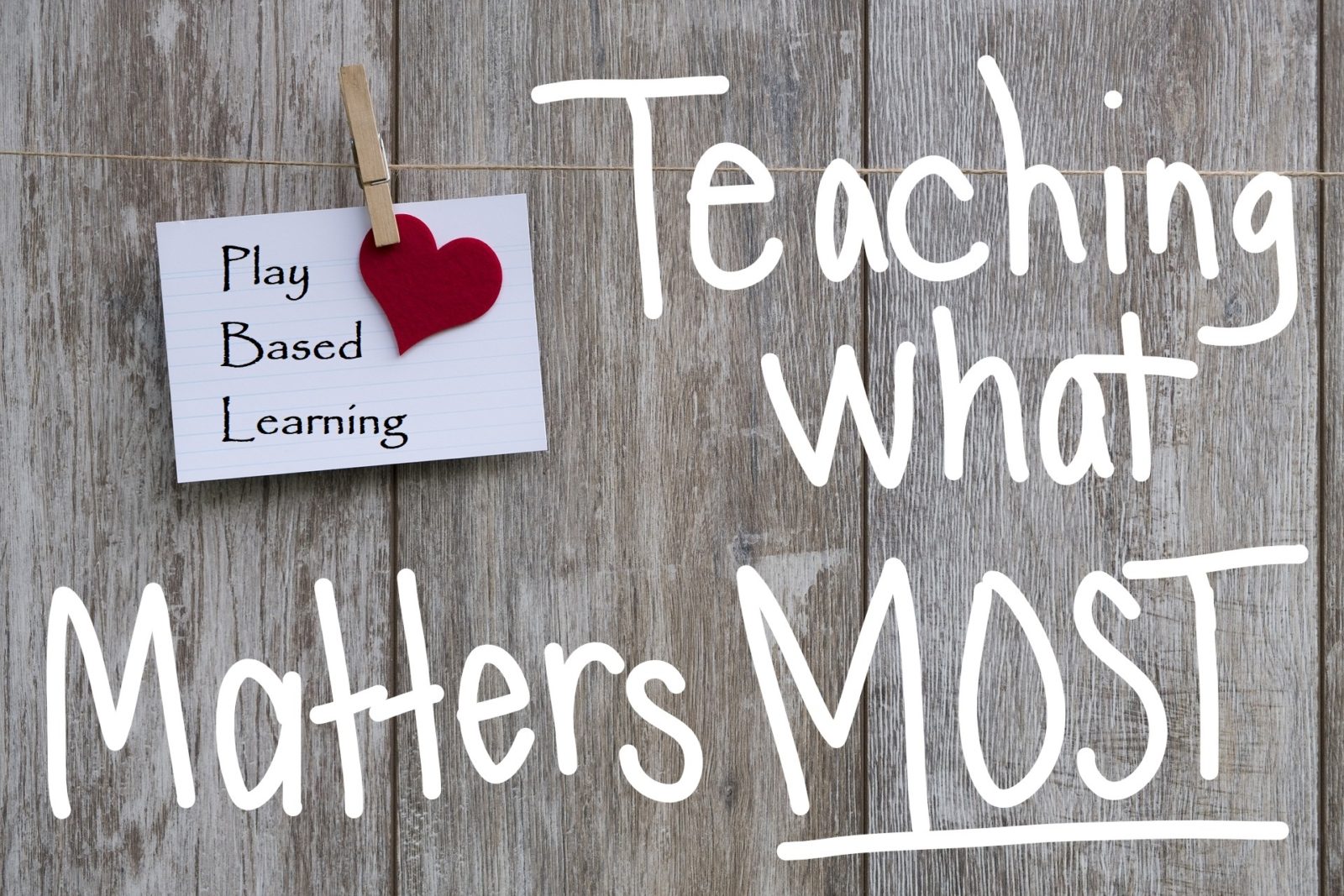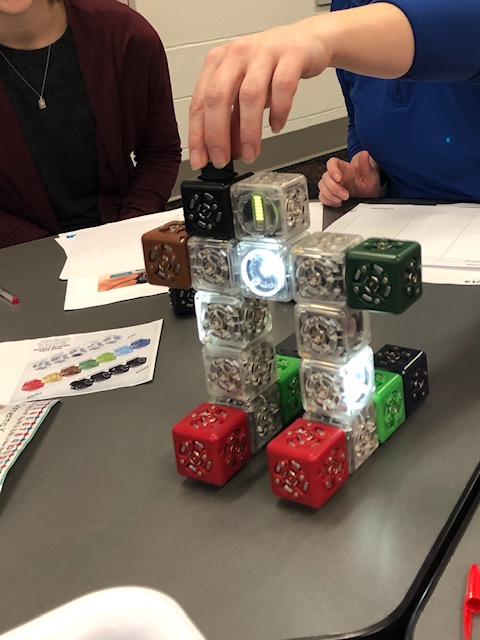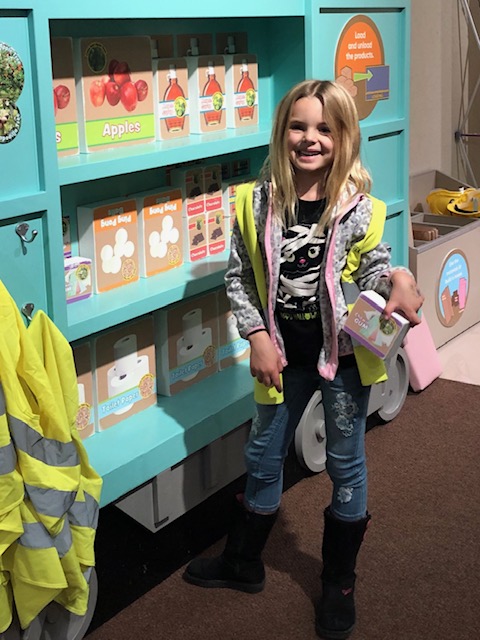Play is the key to unlock the door to learning! Read how you can easily implement play-based learning in your classroom.
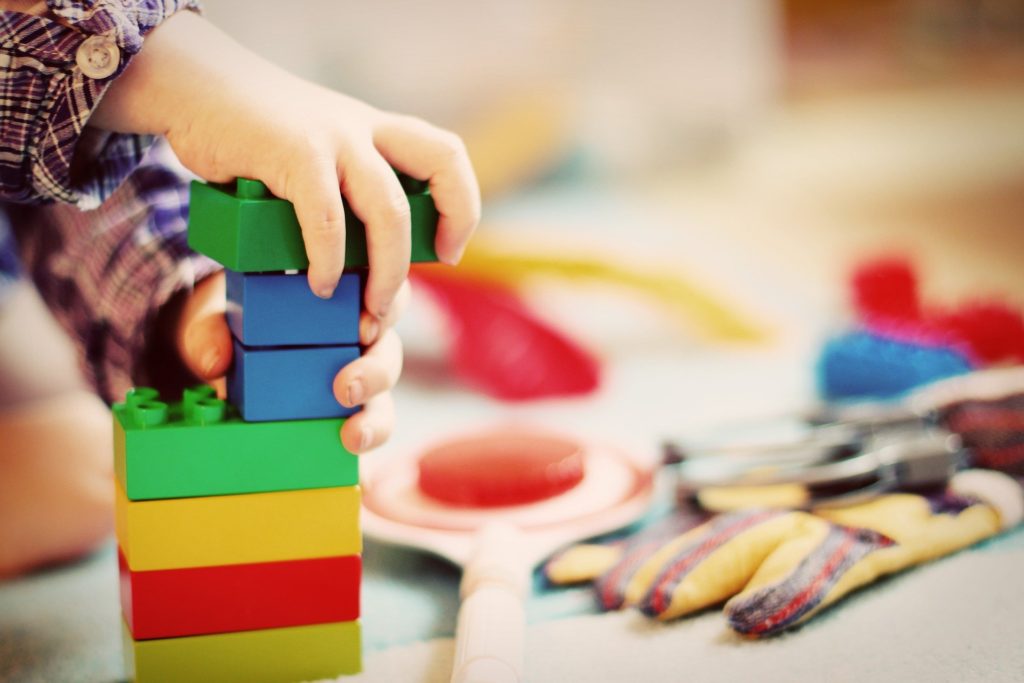
Boys and Girls Just wanna have fun!!!!! If they are having fun they will remember the experience! Not only will they remember, they will be growing developmentally! IS YOUR CLASSROOM FUN?
We are on the brink of a turn in Early Childhood Education. Many schools in other countries always have and still are teaching students in early childhood education through play-based methods.
There are a handful of schools here in the US that have taken on the challenge to implement more PLAY in order to LEARN. For those who invented early childhood education (Maria Montessori and Friedrich Froebel… just to name a few) used methods such as open-ended craft projects, trial and error, insight, hypothesis testing, hands on, self-directed learning, and play and curiosity.

We can easily use these same methods today in our early childhood (k-3) classrooms to make a long term difference in our learners! Some ideas are puppet shows, dress up, play kitchens, engineering stations, play dough, actually anything that allows the kids to have fun and use their imagination!
Play is important for learning for 3 reasons:
- Makes learning fun and memorable
- Promotes use of creativity, imagination, and problem solving
- Improves cognitive development in concentration, attention, perception, and memory.
Basically, kids learn through memorable and fun experiences. Let’s face it, play is memorable and fun. So here is the big aha moment…
Play = Learning!
Schools in the USA are bringing play back into the classrooms.
Schools around the world teach through Play-Based Learning. In fact, kindergarten in particular has always been play based up until the past couple decades when No Child Left Behind, shifted the paradigm for young learners. Play was replaced with academic rigor. As academic rigor became more of a common practice, we have witnessed the trend of behavior problems creeping up in numbers from year to year. Is this a coincidence? I think not!
If you search the web for information about Play Based Learning you will be led to many articles and studies that have proven play to be the key to learning!
What schools are saying about Play-Based Learning.
Thankfully, many school districts in the US (New York, Washington, Pennsylvania, New Hampshire, and more) are getting smart and integrating play back into the curriculum. In this particular article, A New Push for Play Based Learning, you read about a teacher in New York who has found great success in getting her students away from their desks and letting them play to learn!
One school in Washington, has discovered that play-based learning is making a difference in what and how their students learn. They report in this article, How Play is Making a Comeback, that 1st grade teachers at their school can pick out the students that came from the play-based learning environment.
Implementing Play-Based Learning in your classroom
We can easily implement more Play-Based Learning in our school day and we should.
In grades k-5 students should be given optimal time for play. Even adults need playtime! We should never have the belief that a student is too old for playtime. Playtime will look different for each age group.
If we look at playtime as “Play to Learn Time” does that make you feel better about allowing your upper elementary kids time for play? I would even venture to say that even high school students benefit from playtime.
I’d like to show you just how easy it is to intentionally plan for play in your school day!. In fact, I’m sure that you already have some of these “play-based practices” in place. If not, I’m willing to bet that you have certain parts of your day that could easily transform into play.
5 Ways to use Play to Promote Learning
1. Arrival Time Free Play
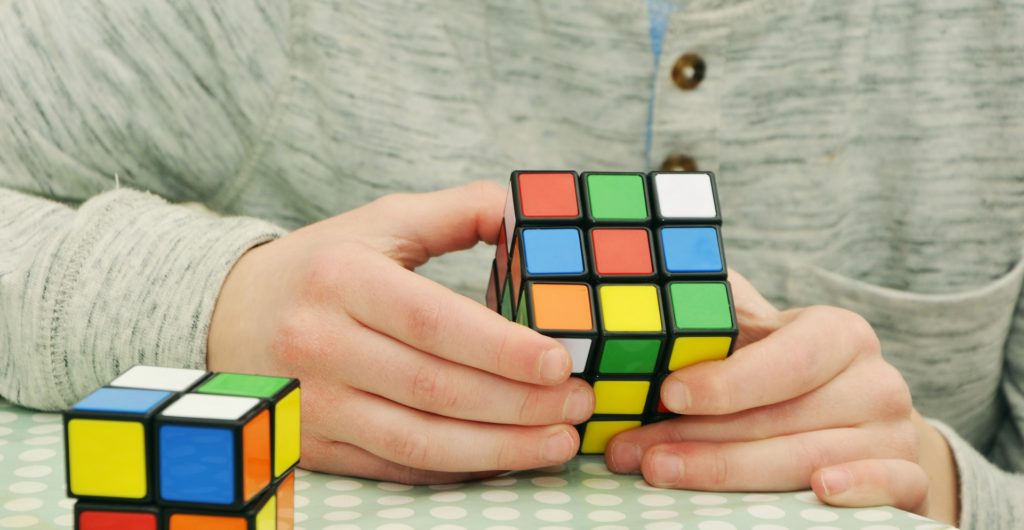
Your students will love you no matter what the age if you call something play! They will be excited to walk in each morning to see what they get to “PLAY” with. Simply set out games for the kids to play while you take attendance and do your other morning duties. This does not mean just allow your classroom to be a free play zone with no rules. They students should follow classroom rules and procedures while participating in purposeful play. This may look like bins of materials that your students play explore and enjoy, board games, puzzles, playdough, puppets, dress up, etc. The choice is yours!
2. Music, Movement, Puppets

These three tactics will engage any audience! Think about it, any kid, any age, even adults, get a smile and are more engaged when there is music, movement, and puppets. Let them play around with the music, movement, and puppets. Add it to your morning meeting, silent reading time, and whole group lesson. It give us a sense of play and fun. Add these components to any lesson to give it a sense of fun!
3. Whole Group Lessons
Provide materials and time for the students to explore (play) before, during and after a whole group lessons.
5. Centers
You probably already have a system in place for centers/stations. There is a million ways to organize and plan your centers. You take the learning goals, find a game or exploration, and let the kids play and learn. This can be done in any content area.
If you are wanting to make your centers play-based, then make sure the activity at the center location is NOT A WORKSHEET! Games, puzzles, experiments, or anything cool tools will create a play-based center.
5. Get Outside!!!
Let your kids play! Give them an extra recess, let them earn the extra recess, shoot…you can even bribe them with an extra recess!!!! ANYTHING! Just get them outside!
I can’t understand this, but time and time again I’m hearing my teacher friends say this…
“My principal is getting rid of one of our recesses.”
Noooooo!!!!! This is all wrong!
These kids need to be outside with FREE TIME! They need to clear their minds that have been working so hard to learn. They need to communicate, collaborate, and problem solve in a free and organic setting. They need to build their motor skills! You guys….KIDS NEED RECESS!!!!
Please share ways that you have implemented Play-Based Learning in your classroom, by commenting below. I’d love to hear more, learn more, or help you out if I can!



